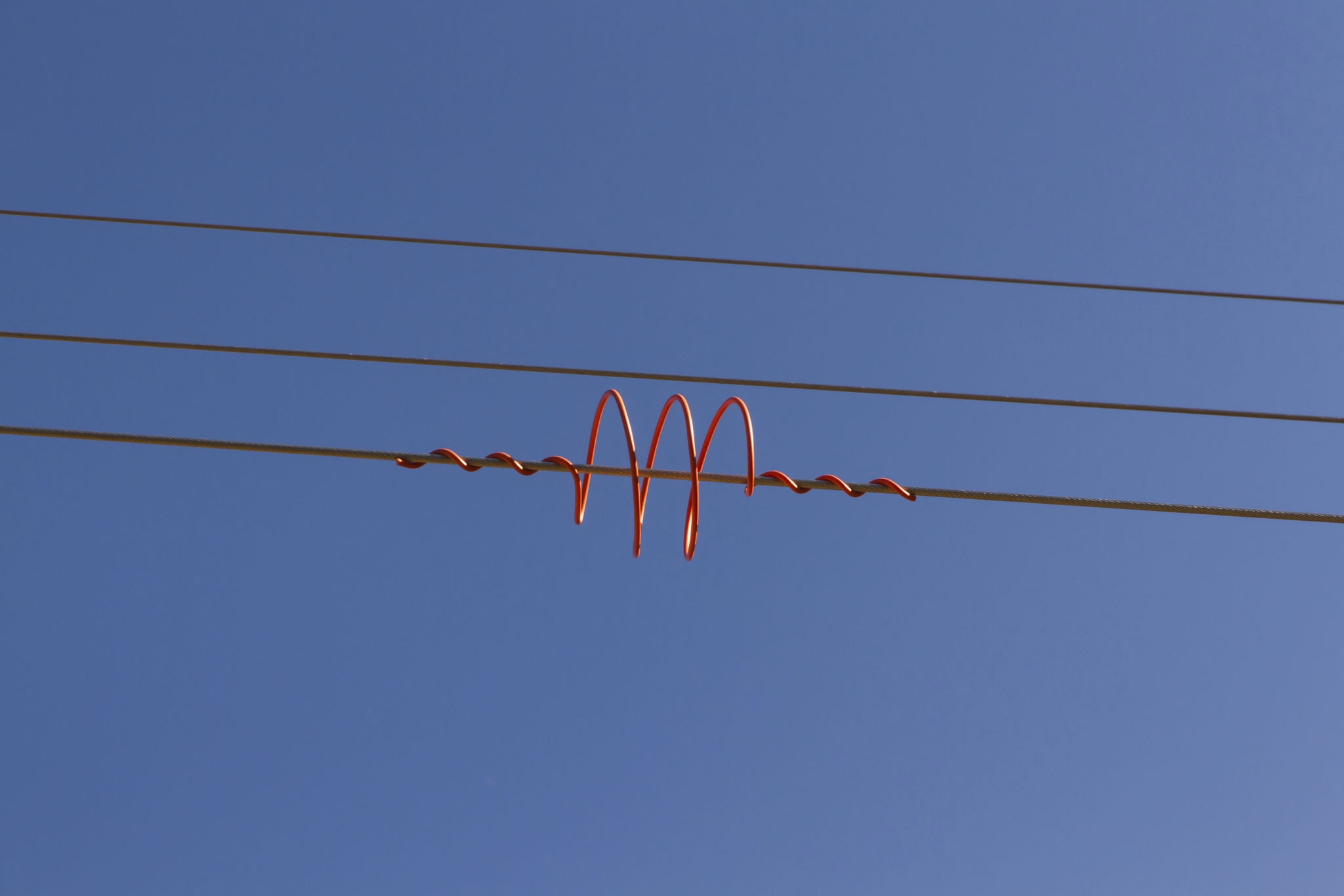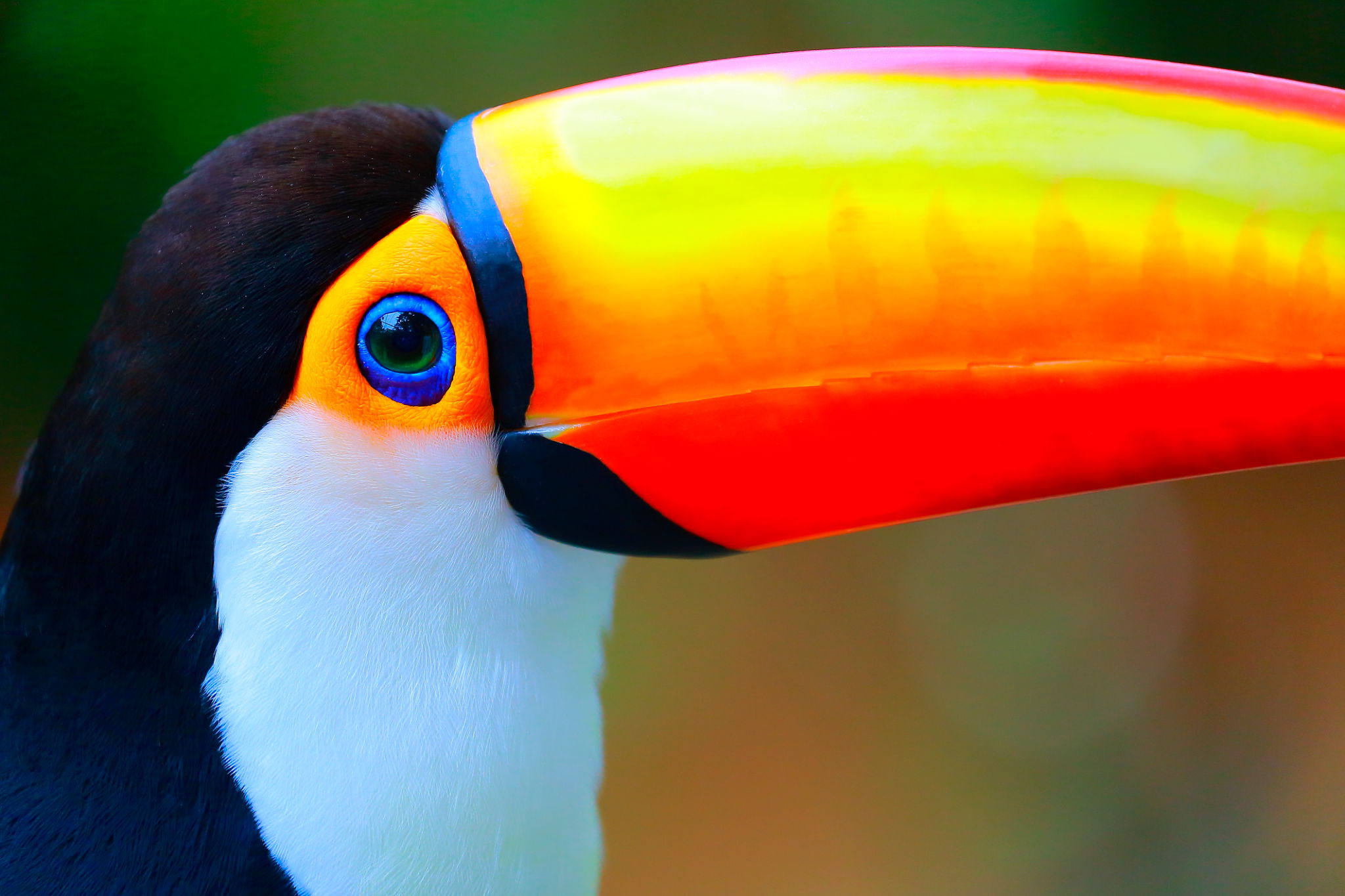Expert Insights: Understanding the Impact of Bird Flight Diverters on Local Ecosystems
Introduction to Bird Flight Diverters
Bird flight diverters are innovative devices installed on power lines to prevent bird collisions. These diverters are designed to increase the visibility of power lines, thereby reducing the risk of birds, especially larger species, flying into them. As awareness about wildlife conservation grows, understanding the impact of these devices on local ecosystems becomes increasingly important.

The Importance of Bird Flight Diverters
Bird collisions with power lines can have devastating effects on bird populations. Species like eagles, swans, and storks, which have large wingspans and glide at high altitudes, are particularly vulnerable. By installing bird flight diverters, we can significantly reduce these collisions, contributing to the conservation of these majestic creatures.
In addition to protecting bird populations, flight diverters play a crucial role in maintaining ecological balance. Birds are essential to many ecosystems, serving as pollinators, seed dispersers, and controllers of pest populations. By safeguarding birds, we ensure the stability and health of the ecosystems they inhabit.
How Bird Flight Diverters Work
Bird flight diverters are usually made from lightweight materials and are attached at intervals along power lines. They work by reflecting sunlight or glowing in low-light conditions, making the power lines more visible to birds. Some diverters are also designed to move in the wind, creating a dynamic visual signal that further alerts birds to the presence of the lines.

The effectiveness of bird flight diverters depends on several factors, including their design, placement, and the specific bird species in the area. Studies have shown that when appropriately installed, these devices can reduce bird collisions by up to 90%, highlighting their importance as a conservation tool.
Environmental Considerations
While bird flight diverters are beneficial for avian species, it's essential to consider their impact on local ecosystems as a whole. The materials used in these devices must be environmentally friendly and durable enough to withstand various weather conditions without causing harm to other wildlife.
Furthermore, the installation process should be carefully planned to minimize habitat disruption. Collaborations between conservationists, utility companies, and local communities are vital in ensuring that bird flight diverters are implemented effectively and sustainably.

Case Studies and Success Stories
Several regions worldwide have successfully implemented bird flight diverters with remarkable results. For instance, in parts of Europe, the installation of these devices has led to a significant decrease in collisions involving threatened bird species. Similar successes have been reported in North America, where utility companies have adopted these measures as part of their environmental stewardship programs.
These success stories underscore the potential for bird flight diverters to make a meaningful difference in wildlife conservation efforts. They also highlight the importance of ongoing research and monitoring to optimize the design and placement of these devices.
The Future of Bird Flight Diverters
As technology advances, the design of bird flight diverters continues to evolve. Innovations such as solar-powered LEDs and materials that change color based on environmental conditions are being explored to enhance their effectiveness. Such advancements promise to further reduce avian collisions and bolster conservation efforts.
Ultimately, bird flight diverters represent a proactive approach to wildlife protection. By continuing to refine these devices and promoting their widespread adoption, we can help ensure a safer environment for birds and a healthier planet for all its inhabitants.